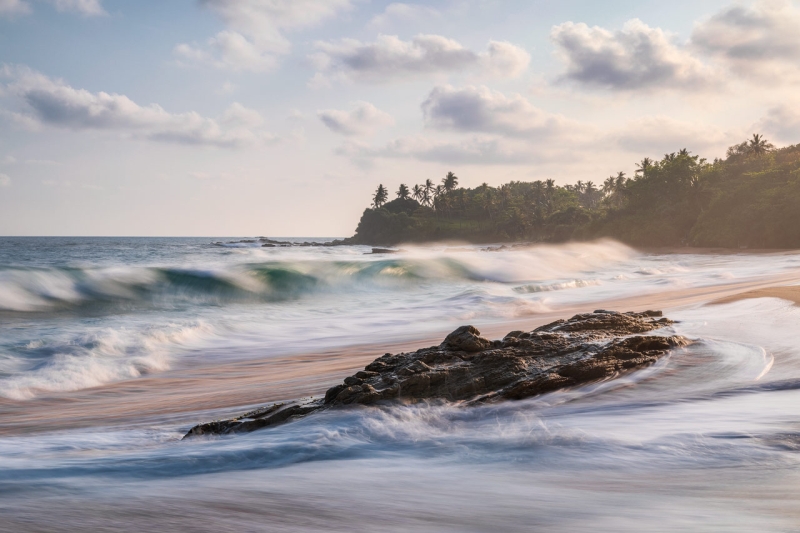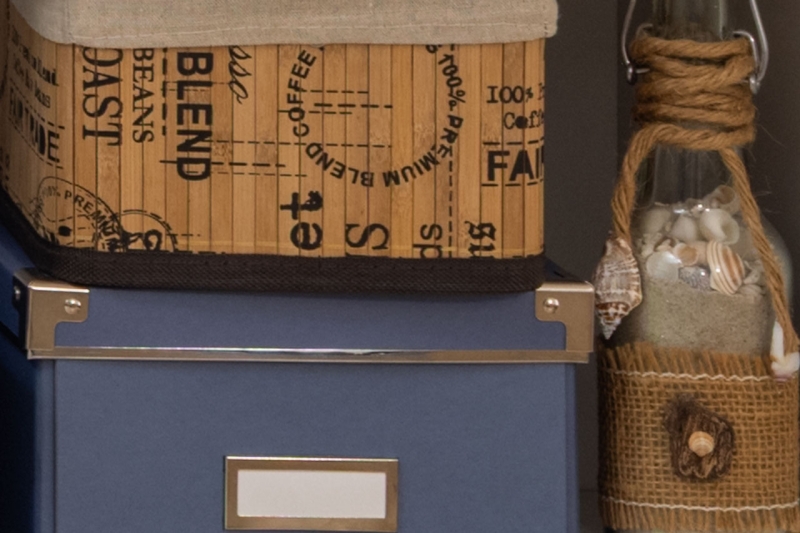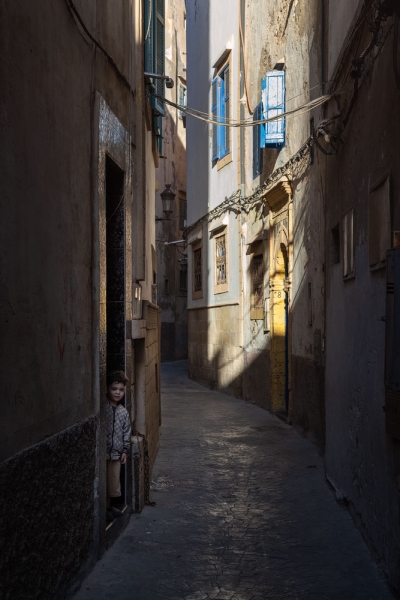Contents
If you want a small and lightweight Canon lens to fill the gap between wide angle and telephoto, the lens we review in this article is a great choice.
I’m talking about the Canon RF 50mm f/1.8 STM lens, which costs $199. I bought it shortly after switching from my Canon EF 70-200mm f/4 IS lens to the Canon RF 100-500mm lens. In the years before that switch, the only two lenses I had in my backpack were the Canon 15-35mm f/2.8 L IS and the already mentioned 70-200mm lens.
This photo of Charles Bridge in Prague was shot at f/9.5 with the Canon RF 50mm STM lens.
Why Buy the Canon RF 50mm Lens
My goal has always been to keep my equipment to a minimum. With all my traveling over the years, having two lenses already contributed enough weight to my hand luggage. Adding another zoom lens to cover the range between those two didn’t make sense based on the number of times I would have used it. On those occasions, I either cropped in from 35mm of my wide angle lens or opted for a panorama while shooting at 70mm with my telephoto lens. Thanks to the 45 MP sensor of my Canon R5, this worked well enough.
A bigger problem I faced more and more during my travels was the 200mm limitation of my telephoto lens. Especially for wildlife, I needed much more than that. My best option was to get the Canon RF 100-500mm lens. But this increased the gap to my wide angle lens, so cropping and panoramas became less feasible.
The Canon RF 50mm lens solves this problem while adding only another 160 g to my backpack. It doesn’t take up much space, with a length and width of less than 7 cm.

Silent Beach in Sri Lanka, photographed at f/9.5 and 0.7 s with the Canon RF 50mm STM lens.
But it took me a long time to decide to buy this lens. As a landscape photographer, I strive to create very detailed photos. And based on reviews, this lens didn’t particularly excel in resolution and sharpness. What should I expect at this price anyway?
Because there was no real alternative if I wanted to save weight, I decided to try this lens and see for myself.
Canon RF 50mm Resolution and Sharpness
And yes, wide open, it is nearly unusable. Only the center of the frame is sufficiently sharp. But that’s not how I usually use this lens for landscape photography. If I want to take a portrait of someone, I don’t care about the corners of the frame that much. For landscapes, soft corners are unacceptable.
So, how does this lens perform when stopped down? I typically use apertures between f/8 and f/11; the RF 50mm is good enough in that range. In my case, I get much more quality from this lens than by using the Canon 15-35 at 35mm and cropping in. This was the minimum requirement I had for keeping the new lens. The comparison below shows the lower right corner of a photo taken with the RF 50mm lens when you pull the handle to the right. When you pull to the left, you see the result from the RF 15-35mm lens after cropping.


I have now used this lens to capture landscape, architecture, and street photos, and I never regretted my purchase. In the feature video, I do extensive pixel peeping, and you see more real-world examples of what this lens is capable of.
As with any lens, testing is the most important thing to do right after purchase. The minimal test is to find a relatively flat and detailed subject, like the shelves in my example, and take a series of photos using different apertures. Then, compare the corners as I show in the feature video.

Book shelves are ideal for a quick test of a newly purchased lens.
Landscape Photography with the Canon RF 50mm
I already explained above that this lens is capable of sufficient resolution and sharpness for landscape photography. But how does it feel to use it? With a 43mm filter thread, it would be possible to attach filters. In theory, I could use Polarizers and ND filters as usual. But I would need a few step-up rings to make it work with my Kase Revolution Kit. So, instead, I typically hold my filters in front of the lens. It works well enough for exposure times below 10 seconds with my large 95mm filters.
Another critical topic is weather sealing. Do not expect much from such a cheap lens. I’ve been shooting at the coast and in light rain and haven’t had problems yet. But by using an umbrella and a camera cover, I kept it relatively dry. I wouldn’t trust this lens in serious weather. That includes sandy conditions like in the desert, for example. You’ll want to protect this lens from the elements as well as possible.
Street Photography With the Canon RF 50mm
Because of its compact size, this lens is perfect for street photography, where you usually want to keep a low profile. Using apertures of f/5.6 upward, you’ll get equally distributed sharpness with good transitions from a slightly soft foreground to the sharp subject to an out-of-focus background. Using more open apertures also works if you place your subject in the center of the frame. However, the sharpness will be reduced toward the sides of the plane of focus.
Below is an example I shot at f/2.8, where this does not matter. The shallow depth of field turns the lit-up dust into glowing orbs, and the soft corners direct the focus toward the subject in the center.

The next photo has the subject more toward the lower left, so an aperture of f/5.6 was the better choice.

Conclusion
If you are a landscape photographer looking for a cheap, lightweight lens to fill the gap between your wide angle and telephoto lenses, the Canon RF 50mm f/1.8 STM is a good solution. But remember that you might still require some cropping if the field of view doesn’t fit your subject. Because the focal length is fixed, you’re less flexible than with a zoom lens. Considering those typically weigh more than four times as much, it might still be a good compromise.

